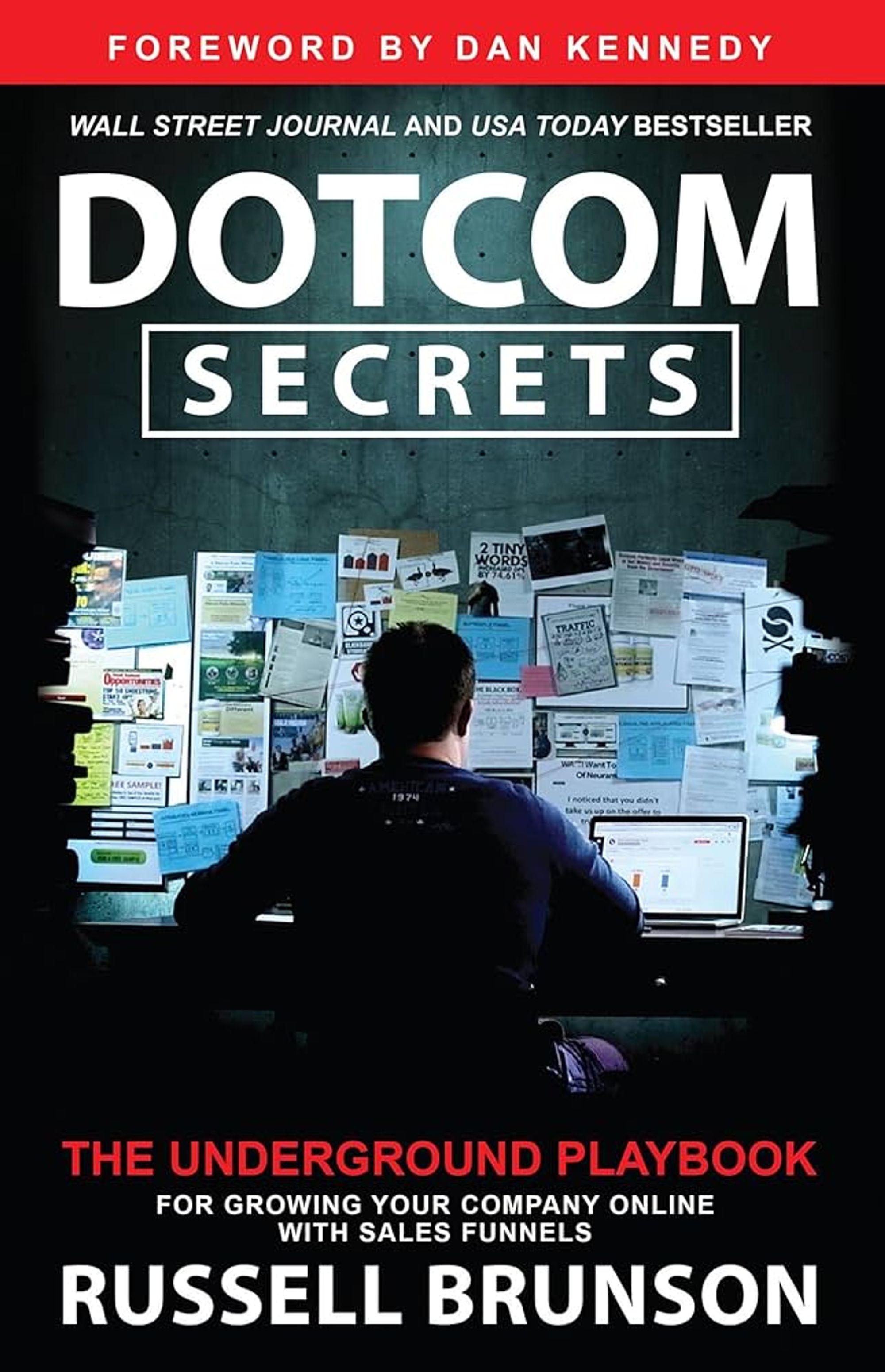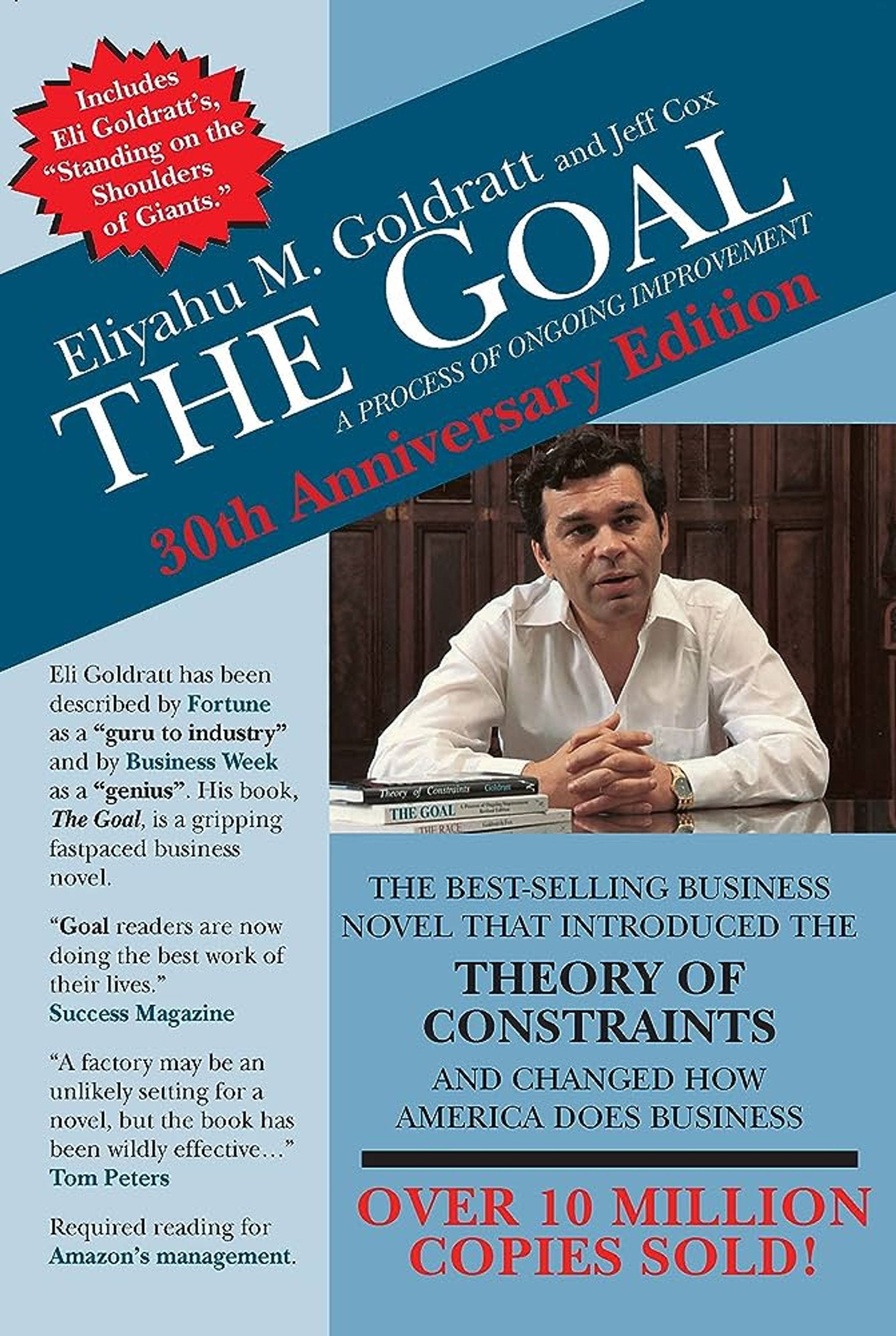📚 Books I read in March 2024
- Sergio Visinoni from Sudo Make Me a CTO <makemeacto@substack.com>
- Hidden Recipient <hidden@emailshot.io>
Hi, 👋 Sergio here! Welcome to another free post from the Sudo Make Me a CTO newsletter. If you prefer to read this post online, just click the article title. As this is a free newsletter, I do immensely appreciate likes, shares and comments. That's what helps other readers discover it! 📚 Books I read in March 2024Introducing a new monthly segment in the newsletter, dedicated to the books I've read in the previous month. We'll kick-off the first issue with 2 non fiction books on very different subjects.I like to read a lot, a combination of fiction and non-fiction books. One of my goals for this year is to read even more. The intention is to make reading my default activity, replacing the common tendency to check my phone or laptop to fill some short gaps. I've also recently started what I'd like to become a new habit: writing book summaries for all the non-fiction books I'm reading, eventually building a knowledge database with the key ideas, my notes, and links between books and authors. As a continuation of this work, I've decided to introduce a new segment in my newsletter: a monthly review of the books I've read the previous month. These will not be generic reviews though, but reflections aimed at distilling the key learnings that can apply to my life and career, and as such the lives and careers of many of my readers.
I do believe that having a broad set of interests as inspiration for one's life or career can come from many disparate, and sometimes surprising, directions. As such, do not expect to find only books about software engineering or engineering leadership. Those will likely be a minority. At the moment these articles won't include any affiliate link, something that might or might not change in the future. As this is a new monthly segment, I'd love to hear your feedback on whether you find it interesting, and don't forget your reading recommendations too! Let's start with the first book I finished in March 2024, DotCom Secrets by Russel Brunson. 📚 DotCom Secrets, by Russel Brunson
This is the kind of book I would have never imagined reading only a year ago. Yet, as I moved into solopreneurship, I saw that I needed to improve my marketing and sales skills. You don't do that as a CTO very often. These are the 3 most valuable insights I got from the book:
🪜 The Value LadderThis concept struck me for its ingenuity and simplicity. The basic idea is that you should design a sequence of offers that progressively increase in both value and price. Having a clearly defined value ladder is a prerequisite to designing any successful sales funnel. The value ladder usually starts with something you give away for free and culminates with your highest value and most expensive product. Ideally, you will want to guide your user along the steps of the ladder. Said this way this might sound just a fancier way to refer to the generic concept of “upselling”, but the key difference here is important. With the Value Ladder Brunson provides you with a strategic approach on how to design your offer in a way that is conducive to upselling. It forces you to be very intentional about how you design your offers and not be afraid to give away some value for free. 🤝 Finding Your Ideal CustomersBrunson talks about the concept of Dream Customer, the answer to the fundamental question Who do I actually want to work with? I've made that mistake myself multiple times already - to start with an idea or a solution in mind. We spend a lot of time refining the service or the product, while we don't spend nearly enough time getting a real understanding of who the ideal clients should be. Brunson's recommended approach is to start with identifying the clients as your first step. Who are they? What do they look like? What are they passionate about? etc. The book includes instructions on how to define these Dream Customer avatars, where to find them, and how to design offers that will be attractive to them. 👨🏻🦲 The Attractive CharacterSimply put, the Attractive Character (AC) is the persona you're sharing with your audience and how you communicate with your list. This should not be a made-up character that aligns with ideal archetypes. Instead, it should be the persona that attracts clients and customers and helps you build your following and eventually make sales. In other words, it should be you, but a you that is presented in a very intentional way. People who relate to your story are the most likely to buy products from you. Therefore it's important to invest in crafting - or should I say curating - that story. Brunson provides a set of detailed instructions to follow to curate your Attractive Character and use it consistently across your offering. I don't agree with all the sales tactics and motivations put forward by Brunson in this book. Some of them fall into the gray zone of tricking people into buying something they don't need or want. I have enough self-awareness and clarity of purpose to be able to take the good parts of the book - i.e. the tools that work - and deploy them to deliver real value to my clients. You could also deploy the same tactics just to take money from people who will fall for your tricks. That's true with any tool, as they can be used for both positive and not-so-positive purposes. You can emit a moral judgment on some of the practices recommended by Brunson, yet retain the key learnings and make them part of your toolbox. In that sense, this book is also very instructive as a consumer, as it helps you be more in control of your reactions when presented with irresistible offers. 📚 The Goal by Eli Goldratt
This book was first published in 1984, but for some reason, I only managed to read it in 2024. And this is what makes it a great read: it's still very relevant 40 years after its publication. One interesting aspect of this book is that it is often credited with being the first to introduce the “Business Novel” genre. This is a genre of books that uses a fictitious novel to introduce theories, often around management practices. A famous example that should be well-known among my readers is The Phoenix Project¹. Reading The Goal made me realize how much it has inspired and influenced the authors of The Phoenix Project. The influence goes well beyond the format. I'd go as far as to say that The Phoenix Project can be seen as an adaptation of the concepts from The Goal into the realm of IT operations and DevOps. It's not a surprise that my copy of the book - the 30th-anniversary edition - was blurbed by Kevin Behr, one of the co-authors of The Phoenix Project. Back to The Goal. The book uses a fictitious story to introduce the Theory of Constraints (TOC) as it applies primarily to the manufacturing industry. The novel format makes it very easy to read. I went through it in less than a week. The main character in the story is Alex Rogo, a young plant manager who is faced with the threat of his plant being shut down due to accumulated inefficiencies and losses. As the drama unfolds, he accidentally re-establishes contact with his former Physics professor, Jonah, an intriguing character who seems to have a deep understanding of the laws of manufacturing and what Alex and many of his peers seem to be doing wrong. As the history unfolds, Jonah ends up playing a key role. Though hard to reach and unwilling to unveil all his knowledge to Alex and his team, he becomes a guide that helps them eventually figure out how to turn the plant around and make it an example of productivity across the whole company. Beyond being an enjoyable read, the book left me with 3 key insights.
40 years after its initial publication, I think this book stands the test of time exceptionally well. Especially in the area of local optimization, I think we still have a lot of work to do as an industry. This book made me reflect a lot on the topic of GenAI, and specifically many of the use cases where it's being deployed. I'm wondering if these are just examples of local optimization that do little to improve overall productivity systems. Are we using these sophisticated tools to improve non-bottlenecks? Will this lead to overloading the real bottlenecks - human brains in the domain of knowledge work - even more as a consequence? This is just an early thought at this stage, and I'll need to spend more time researching and mulling it over before forming a well-articulated view of the subject. For now, take it as one more reason for reading this book. That's especially true if you are in a leadership role that has something to do with managing and optimizing a production flow. 🔭 Looking forward to…I’ve already read 2 books in April and will be able to finish at least one if not two more before the end of the month. The next edition of this segment will be meatier than the first one! In the meantime, I'm looking forward to two things:
Please share your thoughts in the comments section. See you all next week! 1 For those who aren't familiar with it, you can find more details here: https://www.goodreads.com/en/book/show/17255186 Sudo Make Me a CTO is a free newsletter edited by Sergio Visinoni. If you found this post insightful, please share it with your network using the link below. If you or your company need help with one of the topics I talk about in my newsletter, feel free to visit my website where you can schedule a free 30 minutes discovery call. I'd be delighted to investigate opportunities for collaboration! |
Similar newsletters
There are other similar shared emails that you might be interested in:


